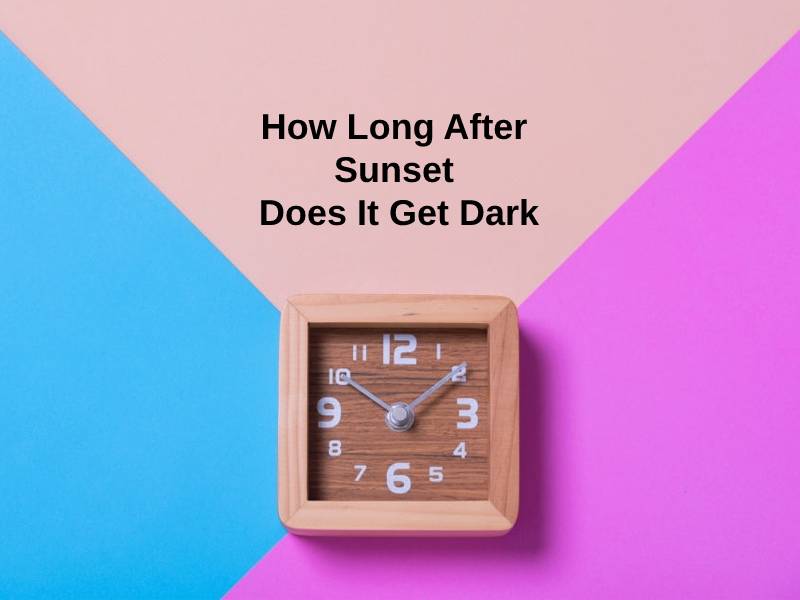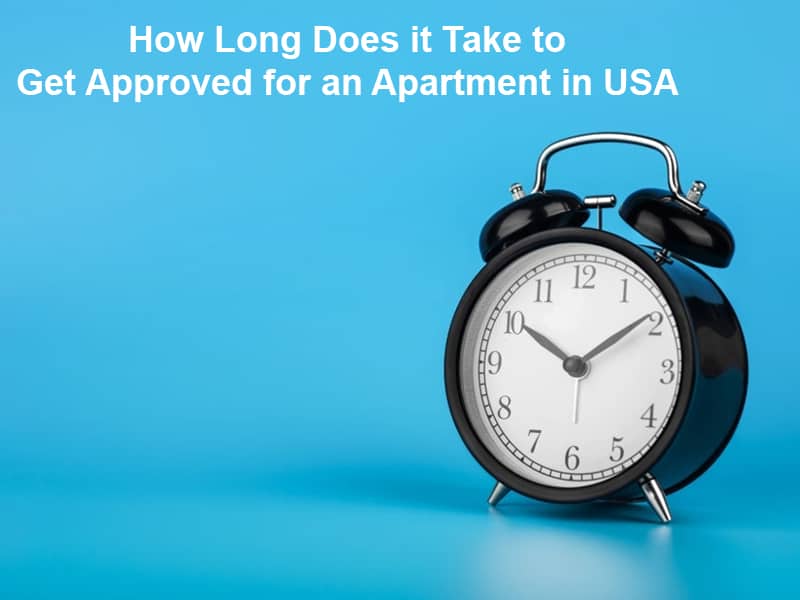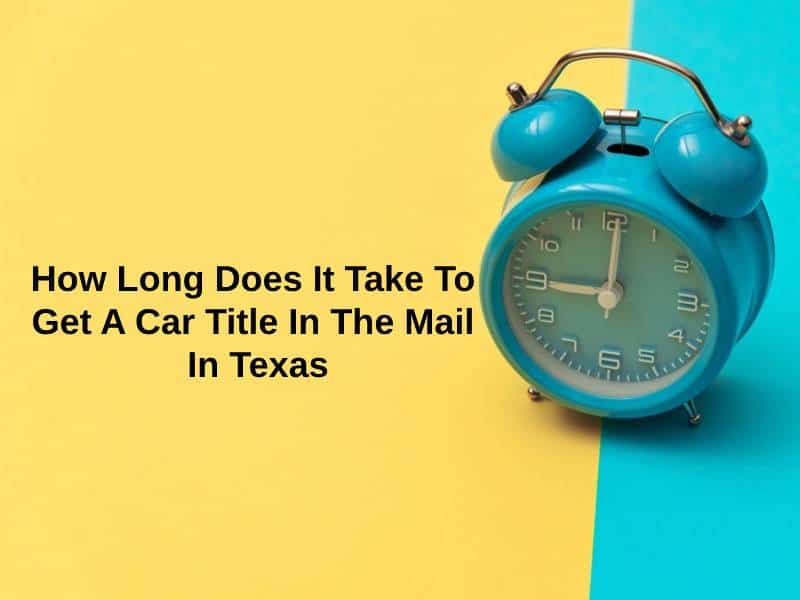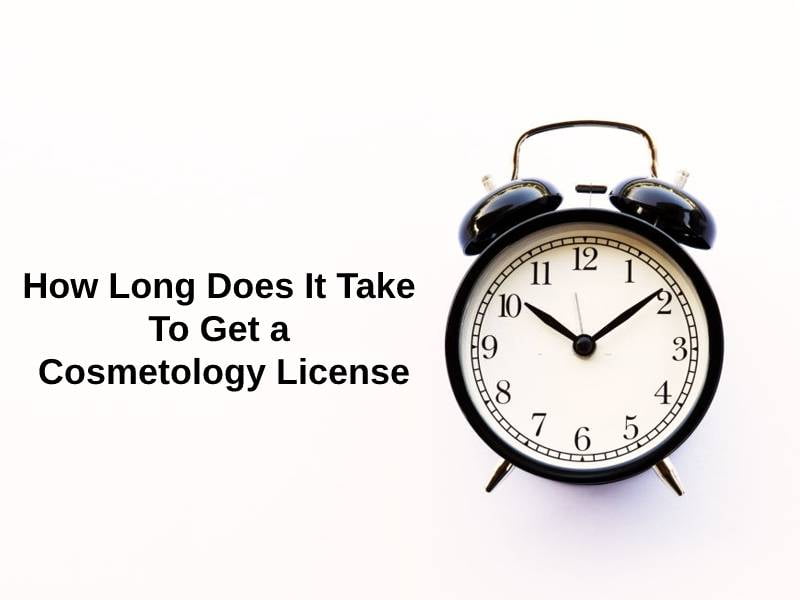Exact Answer: 30-40 minutes
The earth rotates around the sun throughout the year leading the planet to experience different seasons, i.e. winter, summer, autumn, and spring. The sun disappearing below the horizon as the earth rotates causes sunset. Sunset is viewed at different times and directions according to the position of the different latitudes.
The Northern Hemisphere views sunset at the northwest while the southern hemisphere observes the evening in the southwestern direction. In the regions where the Equator passes, sunset is at the west during Autumn or Spring.
These different sunsets’ positions indicate that various factors influence sunset. These factors are also explained why different places have different twilights after sunset.

How Long After Sunset Does it Get Dark?
| Sunset | Time |
| Civil twilight | 32 minutes |
| Nautical twilight | 40 minutes |
| Astronomical twilight | 41 minutes |
It is vital to understand the different types of twilight to know how long it takes to get dark after sunset. Twilight is the period after sunset before darkness immerges.

• Civil twilight- during this time, bright objects in the sky are the only ones that can be viewed. These objects include the planets Venus and mercury, which are very bright stars. Civil twilight has light enough to read a book since everything is still glaring at this period. As civil twilight ends, there is a need for artificial light, such as electricity, to assist in enhancing the view. It takes about 34 minutes.
• Nautical twilight creates a shade of black at the horizon where the sun was previously set. The color of the sky is dark blue, and the stars can be seen. During this twilight, you cannot distinguish the different colors due to inefficient light. Therefore additional lighting assists in the going on with outdoor activities or in identifying colors. Objects can only be recognized as silhouettes from afar. It takes about 40 minutes.
• Astronomical twilight is the period when the sky is black, and the darkness has genuinely immersed. It is the nighttime though one can see some space objects as long as they are not near the sunset’s horizon. It takes about 41 minutes.
Places around the Equator take a shorter time to get dark, but as you move away from the Equator, the time increases. Places found at the north do not have sunset at all during summers such as north of Canada.
Reasons why it takes longer to get dark
- Distance from the Equator and the latitudes. The Equator is the central latitude that divides the earth into two equal hemispheres. The sun does not rise or set, but the earth’s rotation influences sunset.
- The Equator determines the sun’s position during noon, which is the top of the head in places along the Equator. As you move far from the Equator, the later the sunsets and the earlier the sun rises. This occurrence happens between March Equinox to the September Equinox.
- The way the sun tilts and the different seasons affect twilight. It is because when the north is tilted to face the sun, it experiences summer. Thus, more sunlight and sunsets occur later than during winter. As for the Southern Hemisphere, it does not always tilt, making the different times for evening. It explains why the Southern Hemisphere has many sunsets.





















What an engaging read! I now have a deeper understanding of the factors influencing how long it takes to get dark after sunset.
This article shed light on a topic that I didn’t fully understand. The geographical and seasonal aspects of sunset were well-explained.
I appreciated the thorough explanation of the changes in sunset times based on latitudes and seasons.
Absolutely fascinating explanation of twilight times and location-based sunset differences.
The thorough examination of sunset times based on latitude and the reasons behind it was noteworthy. Kudos to the author!
I’m impressed by how well the article explained the reasons behind sunset times. Great information!
The sunset is a fascinating natural phenomenon, and this article enhanced my knowledge about it. Well done!
This is so interesting! I didn’t know the different reasons behind twilight times. Love learning new things like this.
It’s intriguing to learn about the factors affecting sunsets and the time it takes to get dark. This article was a real eye-opener.
This article made me ponder the nature of sunset and the Earth’s rotation. Well-written and informative!